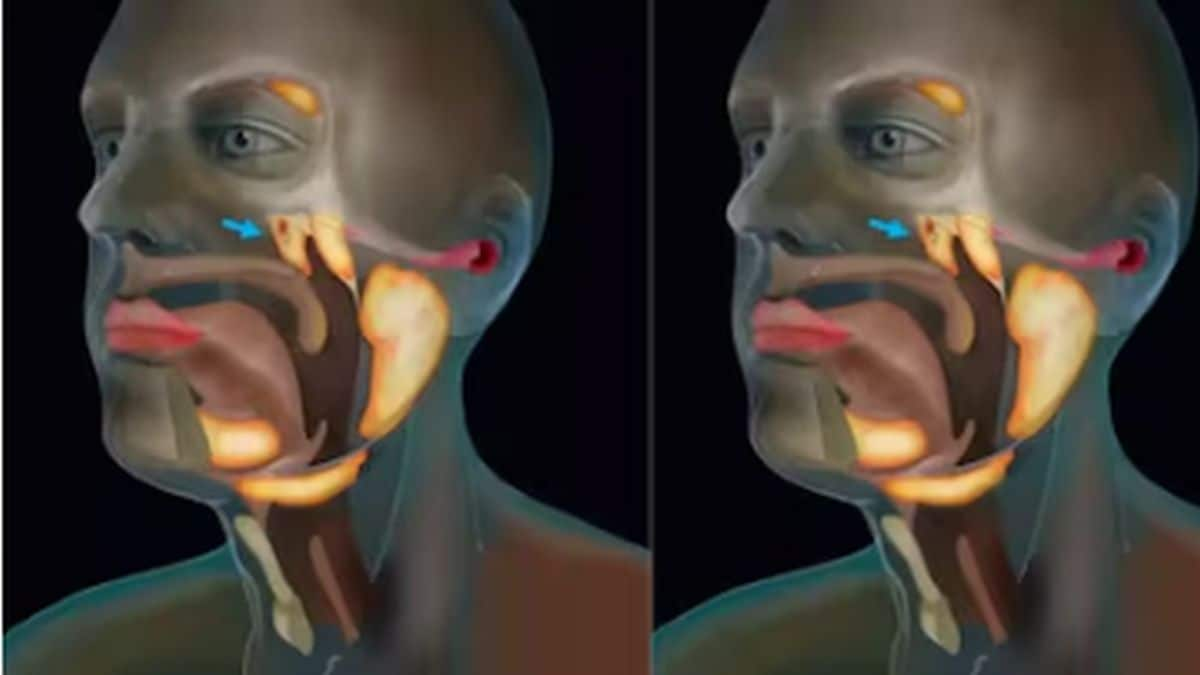COVID-19 spreads through respiratory droplets when a patient coughs, sneezes, talks or sings. Though the virus may stay in the air for up to 3 hours, the larger droplets usually fall down on various surfaces that then act as fomites. Fomites could potentially help spread the disease when your hands come in contact with them and your face afterwards. It had previously been suggested that the COVID-19 virus could remain active on the skin for an extended period of time, depending on the temperature. Considering that even medical students touch their face about 23 times every hour, handwashing with soap and water for at least 20 seconds is suggested to reduce the risk of disease transmission. Now, a group of researchers in Japan claim that SARS-CoV-2 can survive for up to nine hours on human skin as compared to the flu virus that is only stable for about 1.8 hours. The study, published in the peer-reviewed medical journal Clinical Infectious Diseases, indicates that following proper hand hygiene is important to reduce the risk of transmission. Limitations in previous studies The authors suggested that checking the stability of the COVID-19 causing virus on human skin was a difficult task with a lot of constraints. First, they could not take volunteers for such a highly contagious virus. Then, skin samples obtained from surgical procedures weren’t enough to conduct the study. To overcome these problems, the researchers took human skin from forensic autopsy specimens. Skin from such samples deteriorates slowly and can be used to graft even a day after death. The study For the study, the researchers applied 5 µL aliquots of either the flu virus or SARS-CoV-2 on various surfaces - skin, stainless steel, borosilicate glass, and polystyrene. The aliquots contained the virus either mixed with a culture medium or mucous. All the samples were incubated at 25 degrees Celsius, 45-55 percent humidity for 0 to 96 hours. After the designated time, the residual virus was checked on the surfaces. To check the reproducibility on human skin, the flu virus was applied (in 5 µL aliquots made in culture medium) on the hands of six consenting volunteers and it was let to stay for 0 to 1.5 hours at 25 degrees Celsius and 45-55 percent humidity and the remaining virus was checked. Both the viruses were also checked for stability when exposed to 80 percent ethanol after being incubated on skin samples at 25 degrees Celsius for 30 minutes at a relative humidity of 45-55 percent. Here are some of the findings of the study:
- The survival times of SARS-CoV-2 on borosilicate glass, stainless steel and polystyrene were about eight times more than that of the flu virus. The COVID-19 causing virus was also more stable during this time.
- Both the viruses were inactivated quickly on human skin as compared to the other tested surfaces.
- SARS-CoV-2 survived for about 9 hours on human skin while the flu virus was inactivated in about 1.82 hours.
- When mixed with mucous, the SARS-CoV-2 survived for about 11 hours on skin samples while the flu virus survived for 1.69 hours.
- SARS-CoV-2 and flu virus were inactivated on all human skin surfaces within 15 seconds when exposed to 80 percent ethanol.
The authors pointed out that the infectious dose and transmission route also play a role in disease spread along with viral stability. Hence, more studies are still needed to better understand these factors of transmission. For more information, read our article on How COVID-19 spreads. Health articles in Firstpost are written by myUpchar.com, India’s first and biggest resource for verified medical information. At myUpchar, researchers and journalists work with doctors to bring you information on all things health.


)

)
)
)
)
)
)
)
)



